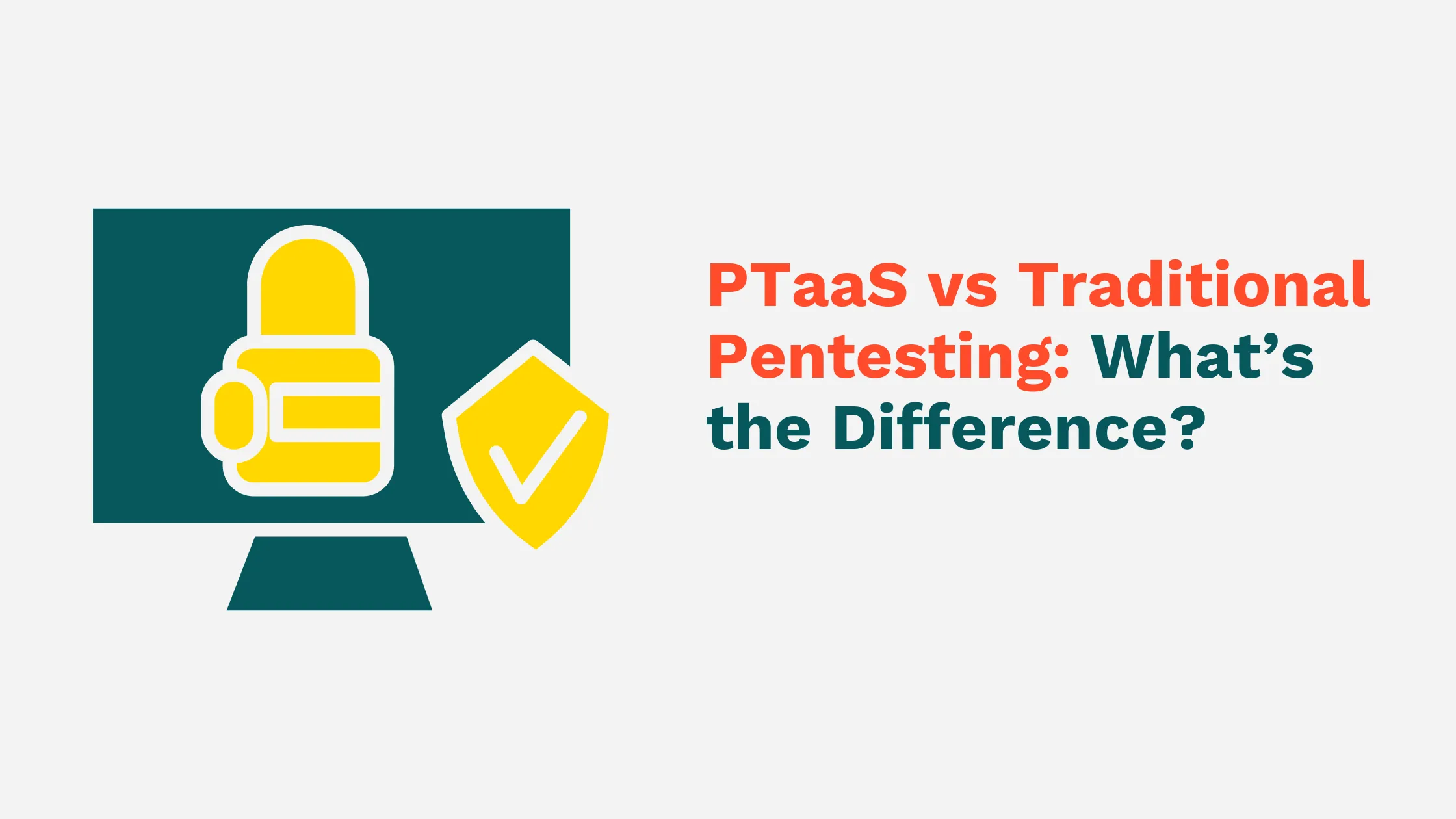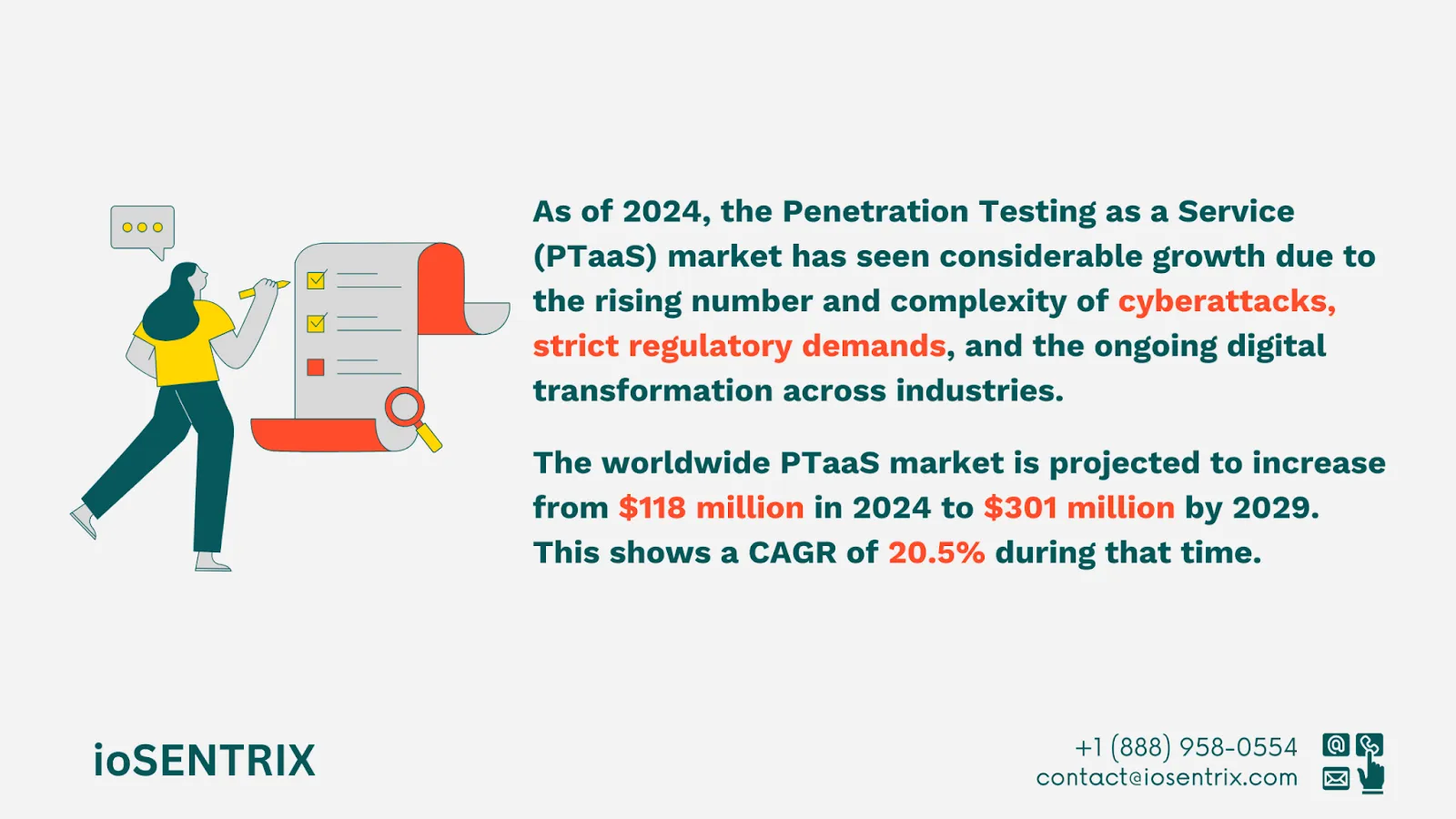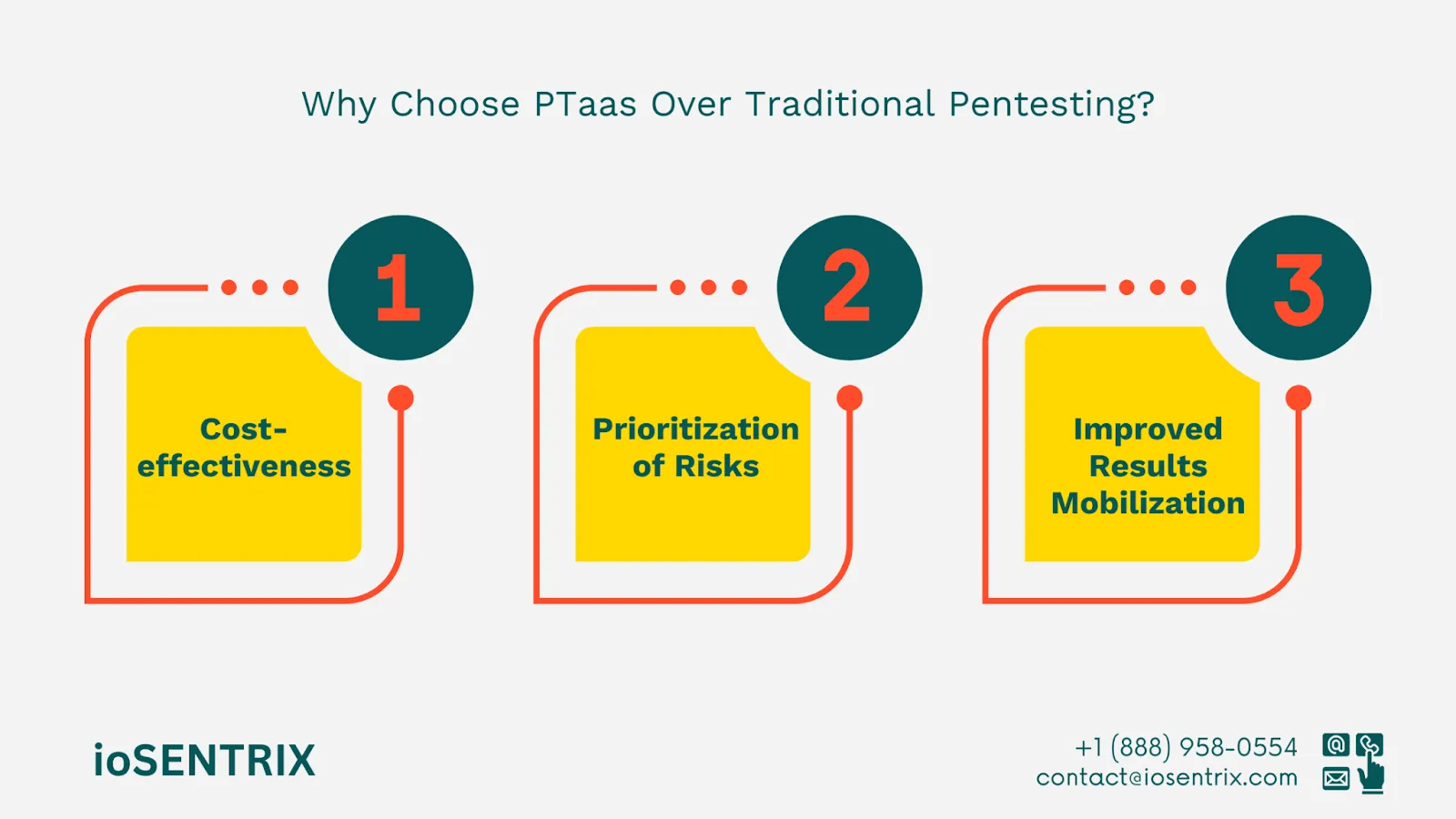
Ransomware attacks rose by 13 percent in 2021, exceeding the total from the previous five years. This increase is largely due to the availability of ransomware-as-a-service on the dark web.
Ransomware as a Service (RaaS) is a business model for cybercrime where developers create ransomware code or malware and sell it to other hackers, known as “affiliates.” These affiliates then use the provided code to carry out their own ransomware attacks. This type of arrangement is favored among cybercriminals.))
The shift to remote work during the pandemic in 2020 led to increased cybersecurity risks, as companies invested in new digital requirements such as online services and remote work arrangements. Many organizations are still recovering financially from these investments.
To address the security gap, new regulations and standards, such as NIST, GDPR, are being developed to ensure that modern digital businesses maintain effective cybersecurity practices.
Technology leaders can use DevOps to quickly respond to security threats. When combined with penetration testing services, DevOps can help implement immediate fixes to security vulnerabilities identified during the testing. Furthermore, companies can partner with a penetration testing as a service (PTaaS) provider to reduce the total cost of ownership.
A PTaaS provider integrates DevOps into the penetration testing process for rapid remediation during the testing. This approach helps technology leaders improve security efficiency and meet compliance requirements (such as HIPAA, PCI-DSS, and GDPR).
Traditional penetration testing is performed by skilled ethical hackers who manually simulate cyber-attacks on an organization’s systems to find potential vulnerabilities. After the testing process, the pentesters provide a detailed report about security issues, usually in formats like PDF or Excel.
Organizations increasingly use penetration testing to evaluate their security and identify weaknesses, with some regulations, like those from the Payment Card Industry Security Standards Council (PCI SSC), requiring it for compliance.
Traditional penetration testing provides only a temporary view of a system's security. It offers a limited snapshot that does not account for new vulnerabilities that may arise. Manual testing relies on human efforts, which introduces challenges such as being time-consuming, costly, and sometimes yielding inconsistent results due to different skill levels among testers.
Read more on: Choosing the Right Penetration Testing Approach: Automated or Manual?
While this method may work for an annual assessment in stable environments, the growing cyberspace requires a more efficient and ongoing approach to identify and manage risks. This is where penetration testing as a service (PTaaS) can make a difference!
Penetration Testing as a Service (PTaaS) is a modern approach that blends automation with manual testing, and sometimes incorporates AI. With PTaaS, test results are continuously updated in a software-as-a-service (SaaS) platform in real time. This helps organizations prioritize issues based on risks, and address vulnerabilities quickly.
PTaaS provides timely insights into risks, enables real-time collaboration, and improves visibility of results. Many PTaaS providers also offer useful features in their platforms, such as integrations with the software development lifecycle (SDLC), automated workflows, and the ability to retest issues, although these features can vary among different vendors.
Automated scanners can operate constantly in the background to find security vulnerabilities in real time. In contrast, human penetration testers focus on specific parts of a system that could be most affected by a breach.

PTaaS allows organizations to continuously spot vulnerabilities in their systems and applications, prioritize fixes, and enhance their overall security. This has led to its quick acceptance in recent years. Overall, PTaaS is fast, accurate, scalable, and flexible enough to meet the testing needs of growing digital environments.
Traditional penetration testing can be slow, costly, and unreliable. Large consulting firms often lead to high costs due to expanding project scopes and reliance on outdated manual methods. As a result, enterprise teams responsible for red teaming and extensive testing struggle to achieve meaningful outcomes with conventional solutions available today.
Additionally, these teams are flooded with numerous reports on various topics, including vulnerability management, static code analysis, dynamic code testing, cloud security, and compliance. Completing just one test correctly can take weeks, all while dealing with unpredictable hackers, false positive results, and unclear guidance for fixing the issues found.
The demand for penetration testers has risen steadily since 2020. As companies operate in cloud-native, multi-cloud, and hybrid environments, the need for penetration testing services has grown and is expected to remain strong for years ahead.
A survey by the 2023 (ISC)2 Workforce Study found that 70% of cybersecurity professionals believe their organization lacks sufficient cybersecurity staff. The workforce gap has made it challenging and costly for companies to attract, hire, and retain certified professionals such as hackers and DevOps engineers.
Recent studies on ransomware attacks show that new tactics can encrypt networks in just four days. Therefore, improving the speed of remediation is not just a suggestion for DevOps and security teams; it is an essential part of risk management.
CTOs and CISOs who prioritize PTaaS for quick remediation see significant improvements in security and a reduction in overall risks.
PTaaS offers a more integrated and thorough approach compared to traditional one-time penetration testing. Some organizations are now deploying code dozen of times each month. Annual penetration testing is too slow for agile teams to effectively identify vulnerabilities in their software.
PTaaS generally allows for more testing time for each part of the application. For applications developed on newer frameworks, there are usually fewer problems with common vulnerabilities like SQL injection, cross-site scripting (XSS), and XML External Entity Injection (XXE). Moreover, PTaaS is better equipped to address issues related to authentication, identification, multi-tenancy, and other complex business logic challenges.
With PTaaS, each feature receives more testing time, allowing for a wider range of attack combinations and insights from various engineers. As a result, we typically discover twice as many bugs per application with PTaaS compared to traditional one-time testing.
Some companies choose to conduct traditional penetration tests once a year or every six months to develop a more thorough testing program. In this approach, there are two different viewpoints:
Maintain a Consistent Relationship with one Penetration Testing Vendor
Supporters of this idea argue that working with a single vendor reduces paperwork and allows the vendor to gain a better understanding of the system over time. These advantages can result in a more thorough test with improved insights into how issues impact the application.
Regularly Changing Penetration Testing Vendors can be Beneficial
Supporters of this approach believe that having a new team can provide a different perspective and help identify issues that may have been missed before. They view the time and effort needed for research, paperwork, and onboarding as worthwhile investments in the pursuit of better test outcomes.
Penetration Testing as a Service (PTaaS) is gaining popularity among organizations of different sizes and industries. It provides several advantages over traditional penetration testing, which makes it a preferred option for companies looking to enhance their security. Some key benefits of PTaaS include:
PTaaS is usually available through a subscription pricing model. This makes it more cost-effective than traditional penetration testing, which often charges by project. This approach is particularly helpful for organizations with tight budgets or those that need regular testing and greater flexibility.

PTaaS providers typically follow a risk-based method when reporting pentesting results. They prioritize vulnerabilities for fixing the risks they represent to the organization. This risk is assessed based on factors like how visible and accessible an asset is, its attractiveness, its importance to the business, and the threat’s risk score.
PDF reports from project-based penetration testing providers are not very user-friendly. It increases the time organizations are exposed to risks during testing because there is no real-time visibility of the findings. Since these reports are static and do not prioritize risks or provide remediation guidance, clients must figure out which risks to address and how to fix them on their own.
In contrast, PTaaS offers more dynamic results by providing real-time visibility through a SaaS portal that connects with external ticketing systems. PTaaS clients and developers can also work with pentesters in real time to get advice on findings. This helps them avoid the time-consuming task of dealing with false positives that may come from DAST/SAST scanners.
ioSENTRIX is a cutting-edge penetration testing company that offers clear and consistent findings while incorporating remediation into the testing process. Our certified ethical experts support and validate your remediation throughout the entire journey to help you meet all necessary requirements.
By choosing ioSENTRIX as your PTAAS Provider, you remain confident that our services will help reduce risks linked to avoidable breaches. Interested in learning how it works? Contact ioSENTRIX’s PTaaS experts for more information.
VAs are automated scans that find possible weaknesses in systems. In contrast, PT conducts real-world attack simulations to identify vulnerabilities that can be exploited.
A SAST is a type of "white box" test that operates at the source code level. Typically, a standard penetration test can identify more vulnerabilities than a SAST. However, SAST also evaluates aspects like code quality, maintainability, and reusability.
The process of penetration testing consists of five phases: reconnaissance, scanning, vulnerability assessment, exploitation, and reporting.
Quality Assurance (QA) tests aim to establish effective processes and implement quality standards to prevent mistakes and defects in a product; QA testing prioritizes processes. On the other hand, penetration testing is specifically focused on security, concentrating on coding structures to identify any vulnerabilities.
Coding skills are not essential to become a penetration tester, but they can be useful for more advanced tasks like writing custom scripts or examining code vulnerabilities. Being able to read and understand source code is one of the key skills for penetration testers.
Lorem ipsum dolor sit amet, consectetur adipiscing elit, sed do eiusmod tempor incididunt ut labore et dolore magna aliqua. Ut enim ad minim veniam, quis nostrud exercitation ullamco laboris nisi ut aliquip ex ea commodo consequat. Duis aute irure dolor in reprehenderit in voluptate velit esse cillum dolore eu fugiat nulla pariatur.
Block quote
Ordered list
Unordered list
Bold text
Emphasis
Superscript
Subscript